
Knowledge of HIV-related disabilities and challenges in accessing care: Qualitative research from Zimbabwe (PDF)
Globally, an estimated 35 million people live with HIV today. Many of them are experiencing or will develop a range of disabilities (e.g. musculoskeletal impairment) related to HIV-infection and its treatment, with potential consequences on mobility, social participation as well as access to healthcare.
In this study, the availability and accessibility of services addressing HIV-related disabilities are explored through interviews with stakeholders in the fields of HIV and disability, in Zimbabwe. They find a range of barriers to accessing services, such as unavailability of skilled professionals and equipment, lack of alternative forms of communication (braille, images), centralization of care centers to urban areas and the social marginalization of persons with HIV and/or disabilities.
“As people living with HIV are surviving longer [with the growing availability of antiretroviral treatment], HIV-related disabilities will become a major source of disability globally, particularly in sub-Saharan Africa where infection is endemic. Preventing, treating and managing HIV-related disabilities must become a key component of both HIV response efforts and rehabilitation strategies.”

The relationship between HIV and prevalence of disabilities in sub-Saharan Africa: systematic review (PDF)
The spread of HIV is pervasive in sub-Saharan Africa. The findings in this study, with the aim to provide a systematic review of evidence on “the prevalence and risk of disabilities among children living with HIV in sub-Saharan Africa”, suggests that HIV is linked to disabilities.
61 papers are included in the study, with or without HIV-non infected comparators to evaluate the link between HIV and disabilities. The authors find that disability is widespread among HIV-positive individuals across age groups, impairment types and study locations. In the majority of studies using an HIV- comparator, they find that people living with HIV have significantly lower levels of functioning.
“More research is needed to better understand the implications of HIV-related disability for individuals, their families as well as those working in the fields of disability and HIV so that appropriate interventions can be developed.”
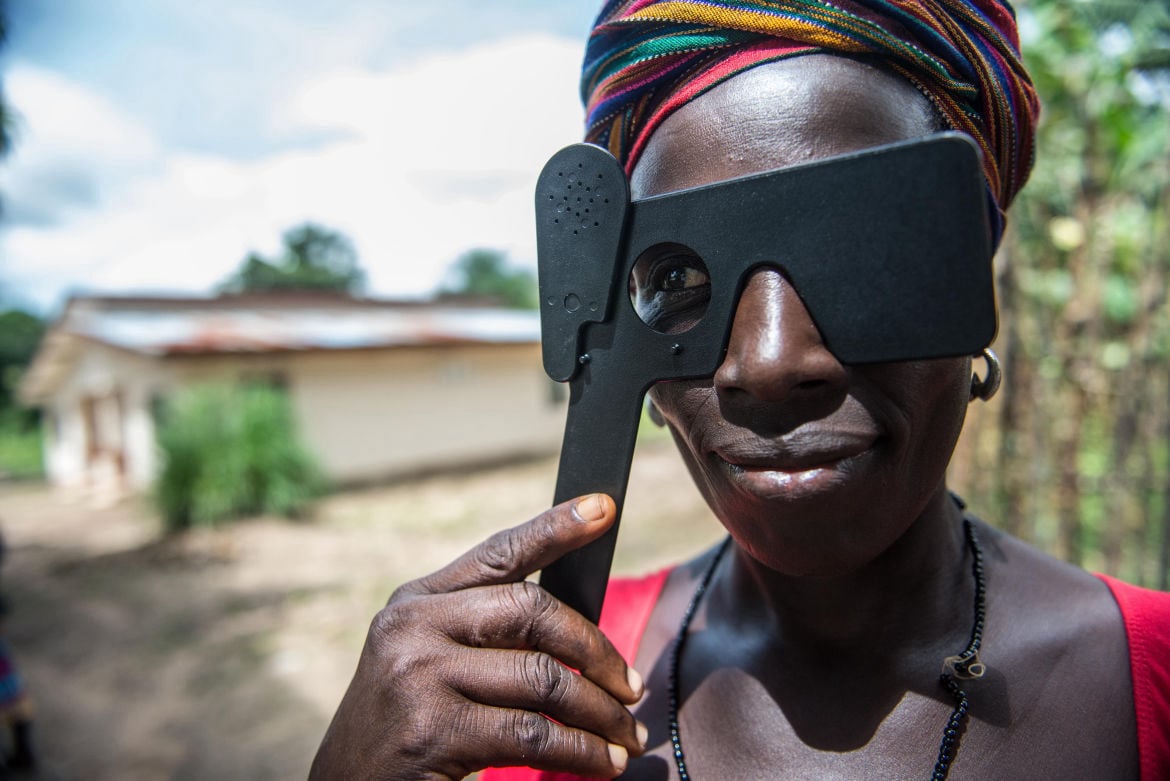
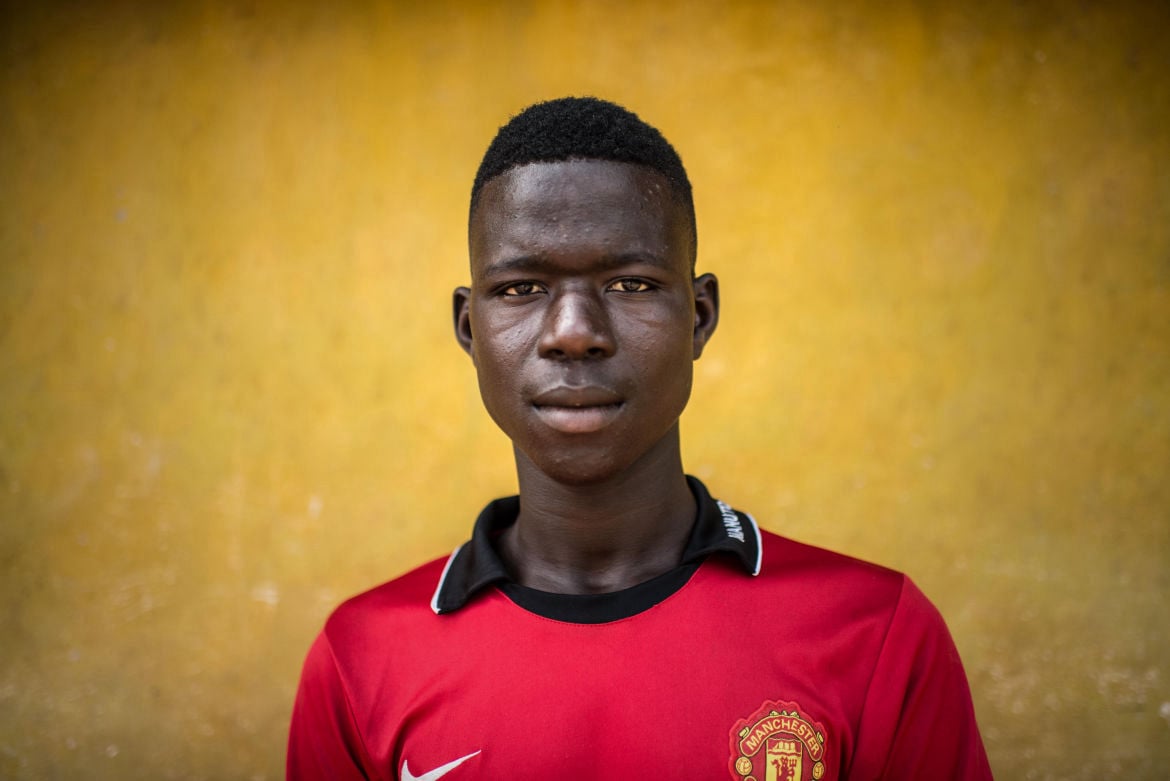
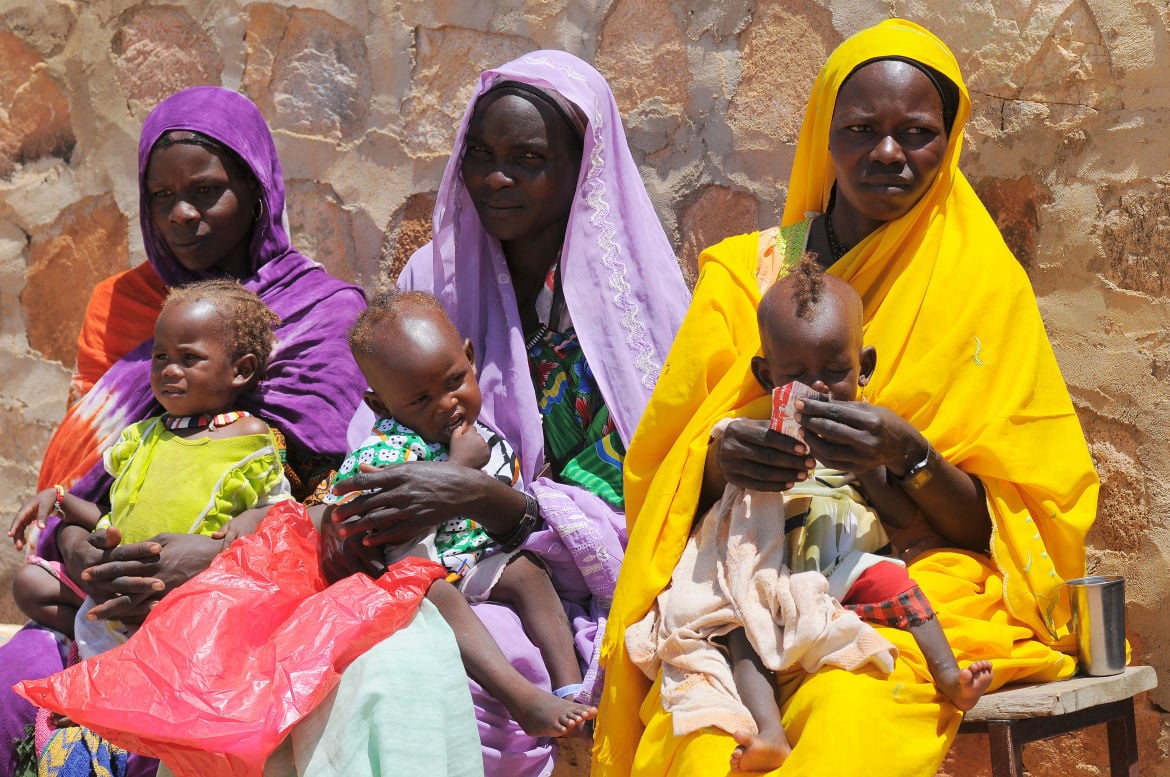
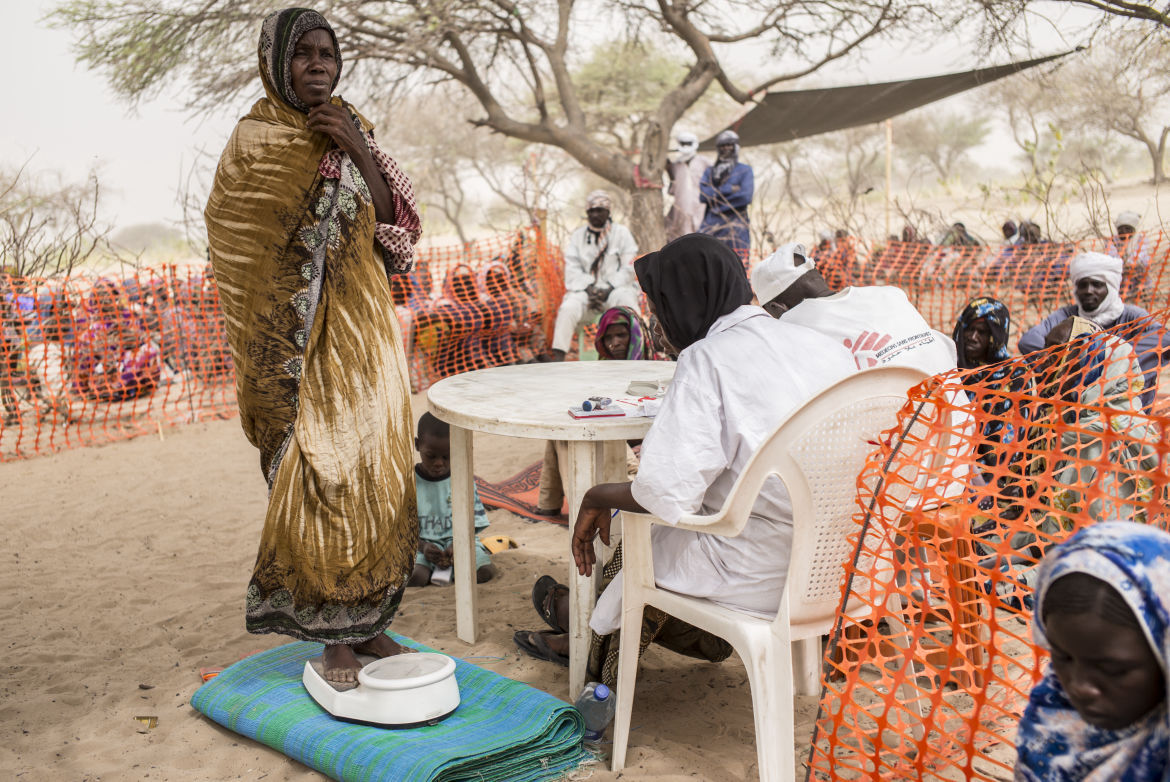
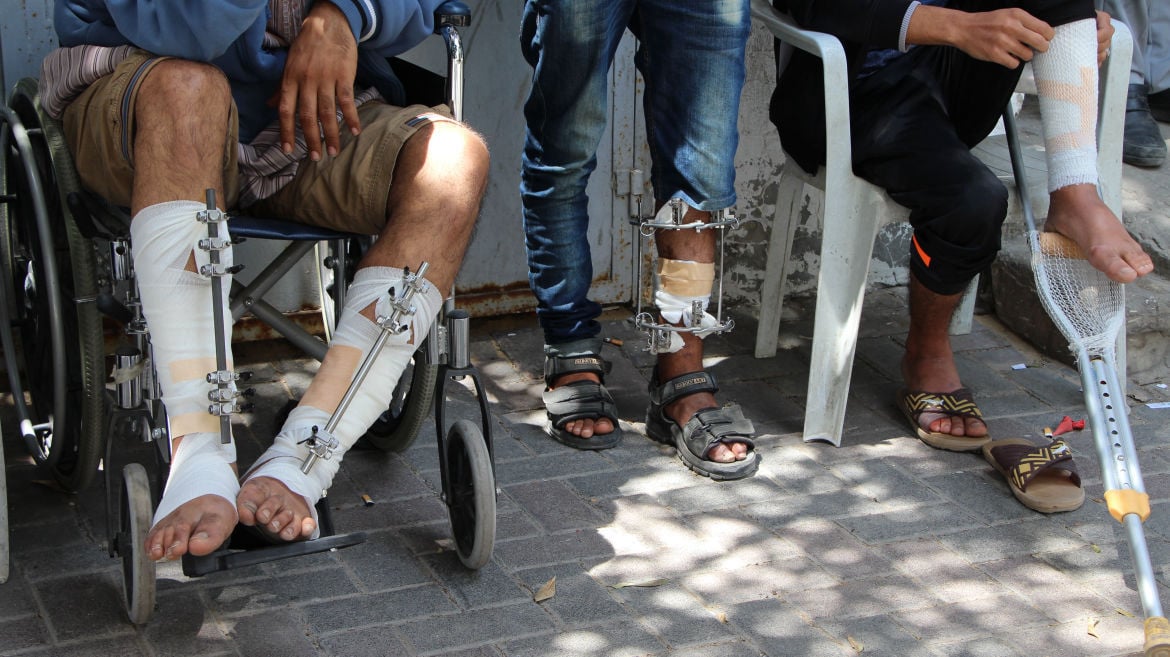

SHARE THIS PAGE!